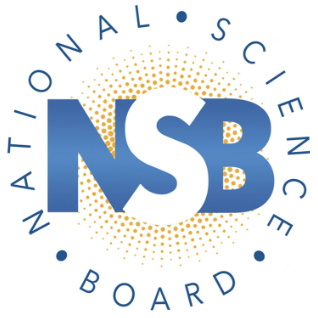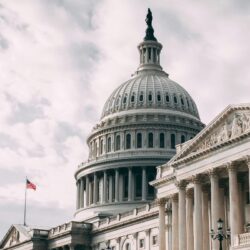Trump Administration Requests 12 Percent Cut to NSF Budget
The two federal agencies that spend the most on making grants to social and behavioral science research in the United States, both have their budgets shaved by an eighth in the Fiscal Year 2020 budget proposal released by the Trump administration earlier this month. These cuts, — $5 billion from the National Institutes of Health, and $1 billion from the National Science Foundation – appear despite the budget itself being both the largest in U.S. history and 5 percent larger, overall, than for the current fiscal year.

Digging deeper, the National Science Foundation’s Directorate for Social, Behavioral and Economic Science, or SBE, would see the $251 actually spent in 2018 (with $249 million enacted for this year) reduced to $230 million. That 8 percent cut is actually less in percentage terms than many other parts of NSF; the director for mathematics and physical science, for example, would see a 16 percent cuts from its $1.5 billion 2018 spending, while all research-related spending is being cut by 11 percent.
SBE has long been a target for Republican ire, and has seen multiple attempts to reduce its budget even in years when overall NSF spending is rising. Given that, the relative benign treatment in the current budget proposal suggests that it is seeing the additional targeting of the past.
While none of this is good news for science, social or otherwise, protests have been muted because the Trump-era budgets are largely aspirational. Any president’s budget proposals are just that, proposals, and the current administration’s proposals routinely have been labeled as ‘dead on arrival’ once they reach Congress, which has the sole authority to appropriate federal money.
A statement from NSF Director France Córdova did not address the cuts, but did highlight NSF’s importance to US research: “NSF currently supports 25 percent of federal funding for fundamental research at U.S. academic institutions across all fields of science.” The NSF estimated that 62 percent of all federally supported academic basic research in the social and psychological sciences in the U.S. comes from the NSF.
Nonetheless, the symbolism of the proposed cut hasn’t been lost. Eddie Bernice Johnson, the Texas Democrat who chairs the House Science Committee, said the request “continu[es] the trend of devaluing the unique role that federal investments have on advancing our economy, competitiveness, and the future of our nation. This proposal is simply absurd and shows a complete disregard for the importance of civilian R&D and science and technology programs.” Now that the executive branch has released it proposal, the two houses of Congress will roll out their own proposals for the new fiscal year that begins on October 1.
Meanwhile, the Coalition for National Science Funding sent a letter to Congress asking for an almost $1 billion increase in NSF spending for 2020. The 2019 budget enacted $8.1 billion for NSF, and the coalition is recommending $9 billion for 2020.
“According to the National Science Board, approximately $3.92 billion of cutting-edge research deemed ‘very good or higher’ in NSF’s merit criteria was unfunded in FY 2017,” the letter reads in part. “The potential impact of these missed opportunities is even more stark when considering the return on investment of fundamental scientific research and the significant investments that other nations – both allies and adversaries – are making in comparable research areas.”
The letter also asks Congress to reach a bipartisan agreement to raise the budget caps for non-defense discretionary spending. More than 120 scholarly societies, professional organizations, universities and academic-oriented entities – including SAGE Publishing, the parent of Social Science Space – signed the letter.
The Census Bureau, which is ramping up for the decennial census in 2020, received an 88 percent increase in funding, from $3.8 billion enacted in 2019 to a request for $8.8 billion.
Some of the specific requests in the administration’s proposal that affect social science or data collection:
National Institutes of Health: $39.1 billion enacted in FY2019; $34.4 billion requested (-12 percent)
Institute of Education Sciences: $615 million; $522 million (-15 percent)
Bureau of Labor Statistics: $615 million; $655 million (+7 percent)
Agency for Healthcare Research and Quality: $338 million; $256 million (-24 percent)
USDA Economic Research Service: $87 million; $61 million (-30 percent)
Bureau of Justice Statistics: $43 million; $48 million (+12 percent)
National Institute of Justice: $37 million; $46.5 million (+26 percent)

















































































